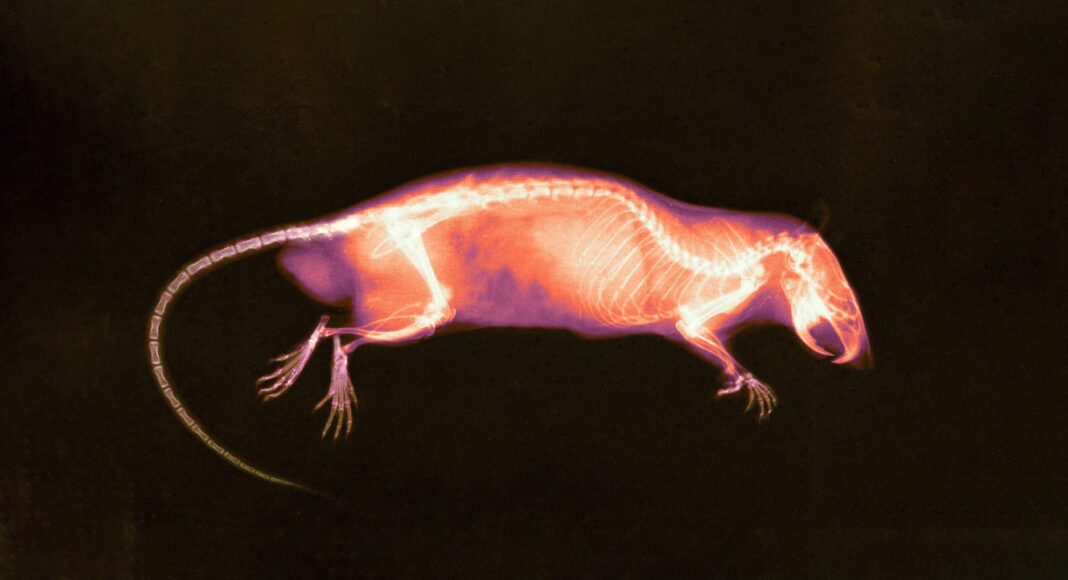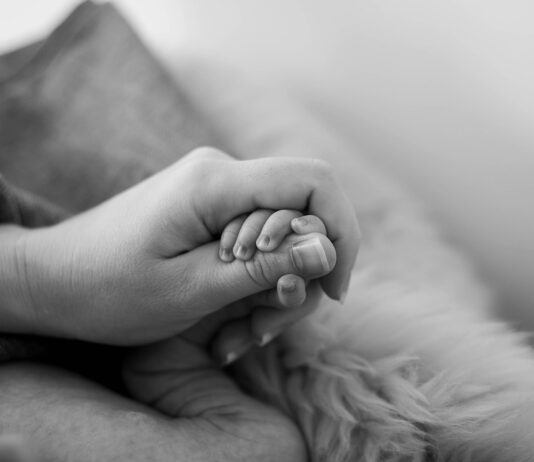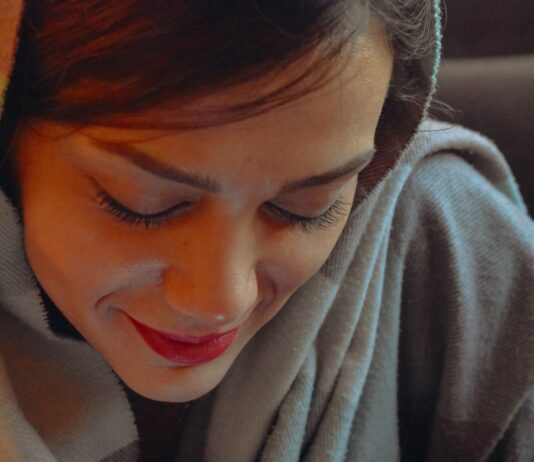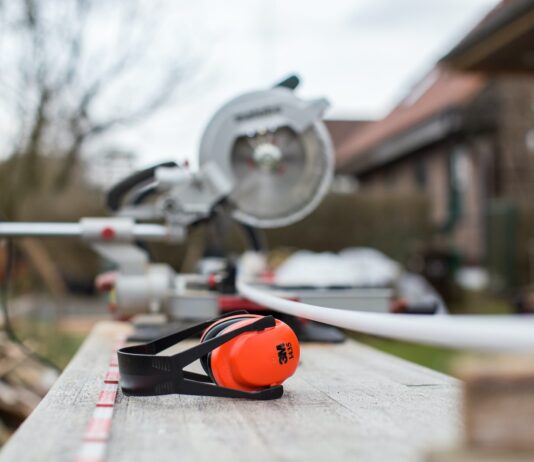The trainee couldn’t find Raighne Hogan’s vein. They were at an inpatient facility in West Bend, Wisconsin, northwest of Milwaukee, and she was maybe 18, and she was trying to draw his blood. She kept poking and prodding his forearm. No dice. When Hogan started to bleed all over himself, down his arm, his wrist, she fainted. He remembers sitting there. No nurses in sight.
It wasn’t the first time something like this had happened.
“It’s like in any hospital,” Hogan told me. Sometimes they know what they’re doing; sometimes you walk out in worse shape than when you walked in.
Hogan likes to think of himself as a professional. He’s done—what?—maybe 20 clinical trials. Seems like more. He prefers longer studies, the ones that stretch on for at least a month. (Longer trials can run up to six months.)
Phlebotomists who don’t know how to draw blood are just part of the deal.
Just like taking part in a Phase I, “first-in-human” study is part of the deal. As in, this is the first time a brand-new wonder drug that may (or may not) kill you is being injected into a person.
Hogan remembered one in particular. They ran an EKG later, and when it came back Hogan said it looked like his heart was “too big for his body.”
After that, he said, “I didn’t know what my life span was going to be.”
It turned out Hogan was fine. His heart seemed okay. And so he kept enrolling in trials.
Hogan is a lab rat—a professional participant in clinical drug trials. And his job—it had started out as a curiosity that turned into a side hustle that became a full-time, freelance gig—is to travel the country, sometimes the world, at the behest of Big Pharma.
There are three phases in every drug trial. Phase I is the safety trial. Phase II is for effectiveness and dosage. Phase III is all about package labeling, drug interactions—the fine print on the inside flap of the bottle after the Food and Drug Administration signs off. The lab rats are mostly on the Phase I circuit. Sometimes Phase II.
They didn’t used to be a thing—lab rats. Now, they are a growing subset of that amorphous and sprawling beast known as the gig economy, and depending on who you ask, they are lazy, or they have a penchant for risk-taking, or they are martyrs for modern medicine. They are the people who ensure the drugs we swallow, inject, spray, rub, or otherwise ingest won’t kill us.
Until the early 1970s, almost all Phase I trials involved inmates, Roberto Abadie, a sociologist at the University of Nebraska–Lincoln and the author of The Professional Guinea Pig: Big Pharma and the Risky World of Human Subjects, told me. That stopped after concerns arose about prisoners being coerced into taking part.
So, the pharmaceutical companies started buying newspaper ads looking for paid volunteers, offering quick, easy money that was usually paid out in one lump sum. A typical study paid anywhere from a few hundred bucks to a thousand dollars.
In the 1980s, Abadie said, “career volunteers” started to pop up. At the time, it was more of an underground thing. The volunteers were more bohemian. They published homemade zines—DIY magazines filled with tips like which trials were safe and which clinics paid best.
By the mid-2000s, the zines had turned into web forums like Just Another Lab Rat!, run by Paul Clough. Today, Clough is arguably the best-known lab rat in the country. His blood has been drawn thousands of times. He’s a veteran. He’s famous.
By the 2010s, there were group chats on WhatsApp, where people shared information about gigs that paid into the tens of thousands. There were more forums and websites. There were YouTubers. They had a presence on Instagram and then TikTok, and a small Facebook footprint.
Gradually, the lab rats morphed into cogs coursing through an efficient and organized network of blood-draw centers and testing facilities. As the need for more cogs grew—there were, by now, thousands of lab rats, but the demand for new bodies was never-ending—recruiting companies sprouted. Eventually, the recruiting companies started to administer the clinical trial tests—the better to speed up the process for the pharmaceutical giants, which were always on the hunt for the next multibillion-dollar cancer treatment, cholesterol buster, or anti-dementia drug.
Today, the lab-rat economy is efficient, streamlined, corporate. The way one joins or is recruited has a certain rhythm.
First, there’s the ad. Usually, it’s an emoji-laden message in all caps that you might come across on social media, on a hospital or university bulletin board, on Craigslist, in a forum, or in an invite-only group chat: you—your organism—in exchange for $8,000, $10,000, even $30,000. The ads are usually posted by recruiting companies or fellow lab rats looking for recruiting fees.
Second, there’s the prescreening call: confirmation that you, the prospective lab rat, know what you’re getting into.
Third, there’s the physical. This takes place at some faceless facility, often in a faceless strip mall. The facilities, as described by lab rats, are usually quiet, sterile, bleach-soaked—a halfway point between a mental institution and a generic office. White walls, fluorescent lighting, linoleum.
Julie Moskal, a cheery, 56-year-old school bus driver with a shock of fire engine–red hair, was a professional lab rat while saving money to care for her dad, who was ill. She was especially fond of Labcorp, a facility in Madison, Wisconsin, which she described as “better than a hospital, and a little worse than a hotel.”
If you pass the physical, you start the trial immediately. (Lab rats show up for the exam with a suitcase.) This is where you live for the duration of the study. You are now, as the lab rats put it, in “drug jail.”
Some drug jails offer amenities like pool tables, Wi-Fi, television, video games, and board games. Others are more like homeless shelters. In one facility Hogan stayed at, he said, people slept in cots in cubicles. Also, there’s 24-hour surveillance. And you have to follow the rules, which usually include things like not having sex with other lab rats and eating meals at prescribed times. If you don’t follow the rules, you might upset the integrity of the study.
Other no-no’s include being fat. (Moskal said she eventually had to stop taking part in the trials because she put on too much weight.) And the recruiting companies try to screen out drug addicts and homeless people.
Alas, this doesn’t always work. The opiate addicts smuggle in clean urine or bribe other participants into sharing urine with them, Hogan said. Some volunteers use rotating Social Security numbers to enroll in consecutive trials. (You’re supposed to wait 30 days after one trial before enrolling in a new one.) Some know how to scrub their medical records to make the recruiting companies think they’re healthier than they really are.
The daily routine in a typical three-week trial includes the morning blood draw, vital-sign check, breakfast, lunch, and dinner. Lab rats noted that it’s imperative you eat everything on your plate. No excuses.
Besides that, there’s a lot of downtime. Lab rats are free to do pretty much anything as long as they don’t leave the premises. No stepping outside. No fresh air. Stephen Hayes, another lab rat, told me that windows are important. “They make it a little bit less like jail,” he said.
They were a certain type.
They needed money in a pinch.
They were asocial. Moskal described them as “hardcore loners, to a fault.” She added: “I got an unemployable type of vibe from some of these people.”
They were not into real work, said Kelly Brock, a lab rat in Baltimore. Brock estimated lab rats could make between $50,000 and $70,000 yearly. Paul Clough suggested it was more like $18,000 to $28,000. Roberto Abadie, the sociologist, compared it to working at McDonald’s.
And, in their own lab rat way, they kind of liked it. The facilities. The round-the-clock CCTV cameras. The constant check-ins with staff.
Hogan recalled one young man who dreaded the morning they woke up and were free to leave drug jail. “It was just a space for him to be clean,” Hogan said. “He had a good time. He was happy with it.”
Also, they really liked the camaraderie. Unlike other corners of the gig economy—Uber, Airbnb, TaskRabbit—one does not lab rat alone. You’re confined to the same facility. You know each other. You like (or dislike) each other. You talk politics, swap photos, exchange recipes and life hacks.
Ann, a woman in her late twenties who did clinical trials in the early 2010s, called the clinical trials a “giant sleepover.” (Eventually, she became an escort.)
Katie Kahn, a healthcare consultant in San Francisco who used to work for a company that conducts clinical trials, worried about lab rats being exploited. “While these trials are generally safe, there are ethical questions about how these healthy volunteers are recruited and paid,” she told me. Abadie said repeat volunteers “compromise the validity of results and Big Pharma’s credibility.” He didn’t blame the volunteers, including those who broke the rules. He blamed “the commodification of medicine.”
Dr. Rishi Kakar, the medical director and chief scientific officer of Segal Trials, a recruiting and test-taking company, didn’t confirm or deny that his company enlists repeats. “You really want patients as much as possible who actually have not had that much exposure to clinical trials,” he told me.
There is also the growing phenomenon of lab rats becoming self-employed recruiting companies—connecting participants and trials, coaching would-be lab rats, taking a cut.
Hogan is not opposed to that. He is 40, and he had been a comic-book publisher, cartoonist, and security guard, and now he spends most days shuttling between blood-draw centers.
Ditto Kelly Brock. She has a small social media following, and she’s young, beautiful, with big voluminous hair, blinding white veneers, and hip clothes. And unlike most lab rats, entrepreneurial. At one point, she had a small business selling sweet potato pie. She was a notary, and she had made some cash on lab-rat recruiting fees.
“I was sleeping on my parents’ couch, and I was essentially looking up get-rich-quick schemes on YouTube, so I came across this video, and this girl was talking about how she made, like, $9,000, something crazy like that, in like less than 30 days,” Brock said. “I saw that there was, like, three or two clinics near me, and I just called, made my appointment, and yeah, I did my first study for $3,300, and that was the most money I ever made working a full-time job.”























